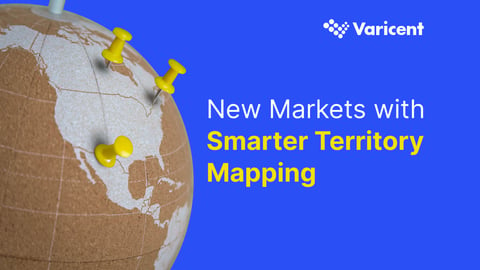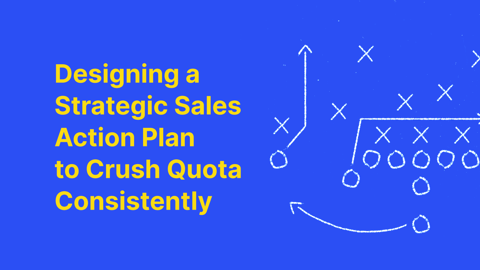In a world where technology is moving at a pace, and both scientific and medical developments are making global headlines, we’re starting to notice the names and identities behind the innovations more than ever. But how many of them are women, and what do we know about the educational or economic hurdles they overcame to attain success and recognition? In this blog, as well as recognizing the issues, the focus is on solutions and how we can direct more women into STEM (science, technology, engineering, mathematics) learning and careers. We’ll look at:
1) What STEM studies look like for early learners.
2) How to encourage and engage young women to pursue any interest and talent in these subjects, thus laying a pathway to a STEM career.
3) Why monetary and mental barriers have been an entry issue to post-secondary study or apprenticeships, and how these can be removed.
4) What programs, scholarships and internships are being created for underrepresented groups.
Understanding STEM Courses and Choices – an Introduction
The four STEM disciplines comprise science, technology, engineering, and mathematics. But rather than being studied separately, in a post-secondary educational environment, these are often taught using an integrated style, giving students a more real-world grounding – which is more useful when applying these skills to a job. Taking this more pragmatic approach to scientific education is useful for dispelling any stereotypes about “geeks in lab coats” who rarely see daylight. The outcome of a course is now about delivering technological innovation and smart thinking instead of just theorizing. As demonstrated by the rush to bring a Covid-19 vaccine to market, for example, rather than simply going unrecognized in a lab, biochemists are being applauded for their part in creating a lifesaving product.
But let’s rewind that life journey for a moment. Despite the general buzz of STEM college courses and what they can lead to, there is an endemic problem that not nearly enough women are either studying STEM or entering a related career. So we’re taking the narrative back to primary education and look at what is being done to ignite that interest from an early age.
Dispelling Stereotypes and the Self-Fulfilling Prophecy in the Classroom
If a young girl begins education without gaining recognition for an aptitude in maths and science it quickly grows into a lack of self-believe that is likely to grow. By the time she is considering her long-term future, any STEM-related studies may well be off the table. This early erosion of subject matter confidence is sometimes down to the teacher. Studies have shown in the past that when batches of sixth-grade math papers were marked anonymously, the results between boys and girls were even. When those same papers were marked with gender identities known, the girls were marked down. This formative example of negative “parity of esteem” can do irrevocable damage and put girls off a subject for life. You’ll be glad to know that’s the worst of the bad news covered, so what solutions are in place to turn the tide?
Role Models and Mentoring
Primary and secondary school educators are not just aware of this problem but are actively trying to dispel the myths around scientists and rebalance classroom learning. Textbook examples and images of those that work in STEM disciplines are increasingly diverse, with not just women in the images and illustrations, but those from underrepresented communities. To make this approach even more tangible, schools are being encouraged to invite women from STEM sectors into schools to talk about their successful careers and achievements.
By giving young women the chance to hear from real women who have carved careers in STEM disciplines, you’re beginning to bust the old stereotypes and demonstrate what is possible. And the more diverse and successful these respected figures are, the better. Bringing these figures into the classroom or lecture hall adds another relatable dimension, as does onboarding a decent ratio of qualified females in teaching roles. And when an actual mentoring program can be rolled out, the connection between STEM career women and interested young girls is strengthened even further.
Changing the STEM Learning Experience
Alongside role models, the key element to growing STEM interest from an early age in girls is how they learn. Language and teaching methods are two further ways to remove (or at least reduce) the “I’m so bad at math/science/computer coding” thinking pattern and stigma. The more inclusive and encouraging textbook and classroom language are, the more accessible it becomes, which in turn could make the “idea” of a STEM study path and career a more solid reality.
Rather than posing complex math problems, computing queries, or science experiments that lack context or real-life consequences, those setting the curriculum need to make tasks more project-based and hands-on. Girls and boys do learn and process information in different ways. Boys tend to be more black and white, while girls look for nuance and explanation - hence the tendency to excel more with projects.
There’s also plenty of research to support segregated gender lessons for some elementary and high school level subjects. By separating boys and girls, it has been proven to remove certain pressures and teaching bias, allowing all students the opportunity to thrive and achieve in the best way to suit their strengths.
Overall, a STEM-based study program does not simply push the topics. With an emphasis on critical thinking, problem-solving, and logic, it also helps to develop resilience, patience, and tenacity. But as young women progress from elementary to high school education, despite being encouraged to use these mind-set skills, the issues preventing them from furthering their STEM ambitions and interests become more complex.
Overcoming Monetary and Mental Attitude Barriers
A big problem that we can’t ignore is economic limitations. In addition to gender barriers, there are economic barriers for higher education and the prospects and opportunities for higher education can be much narrower than in other social groups. There are also certain expectations among some groups that higher education should remain the domain of the male, and that anything under the STEM umbrella is not considered a suitable choice for a woman and those career considerations should remain within the caring and nurturing job sector.
As women students approach the last chapter of compulsory education, the involvement of mentors, role models, and encouraging teachers is more critical than ever. While making sure every student has the academic and practical tools to fulfill their STEM high school education, access to information about scholarships, college funding, and financial assistance to help those that want to, aim for higher learning is more broadly shared.
STEM Course Support Via College Scholarships
To summarize the story so far, until more young women can actively engage in STEM courses and apprenticeships, there simply won’t be the correct representation of women across these related career sectors.
The positive news is that it’s the very companies that these women need to be working for that are helping these “bright sparks” into post-secondary education.
One of the most helpful and ultimately rewarding ways to get more women into STEM courses and careers is through a scholarship program, such as EDGE provided by Varicent. Throughout 2021, we’ll be supporting twenty-five scholarships equal to USD 5,000 per candidate to assist women and people from other underrepresented groups onto courses such as Computer Science, Information Technology, and Engineering.
While our scholarship program (and similar programs offered by other companies) is an important step toward furthering STEM-related education and launching careers, we still need to be mindful of making changes much earlier in the school system. With the right tools, language, and positive affirmation all the way through education, we will have a much more level workforce and some truly inspiring women blazing a trail for the generations of young girls to come.




